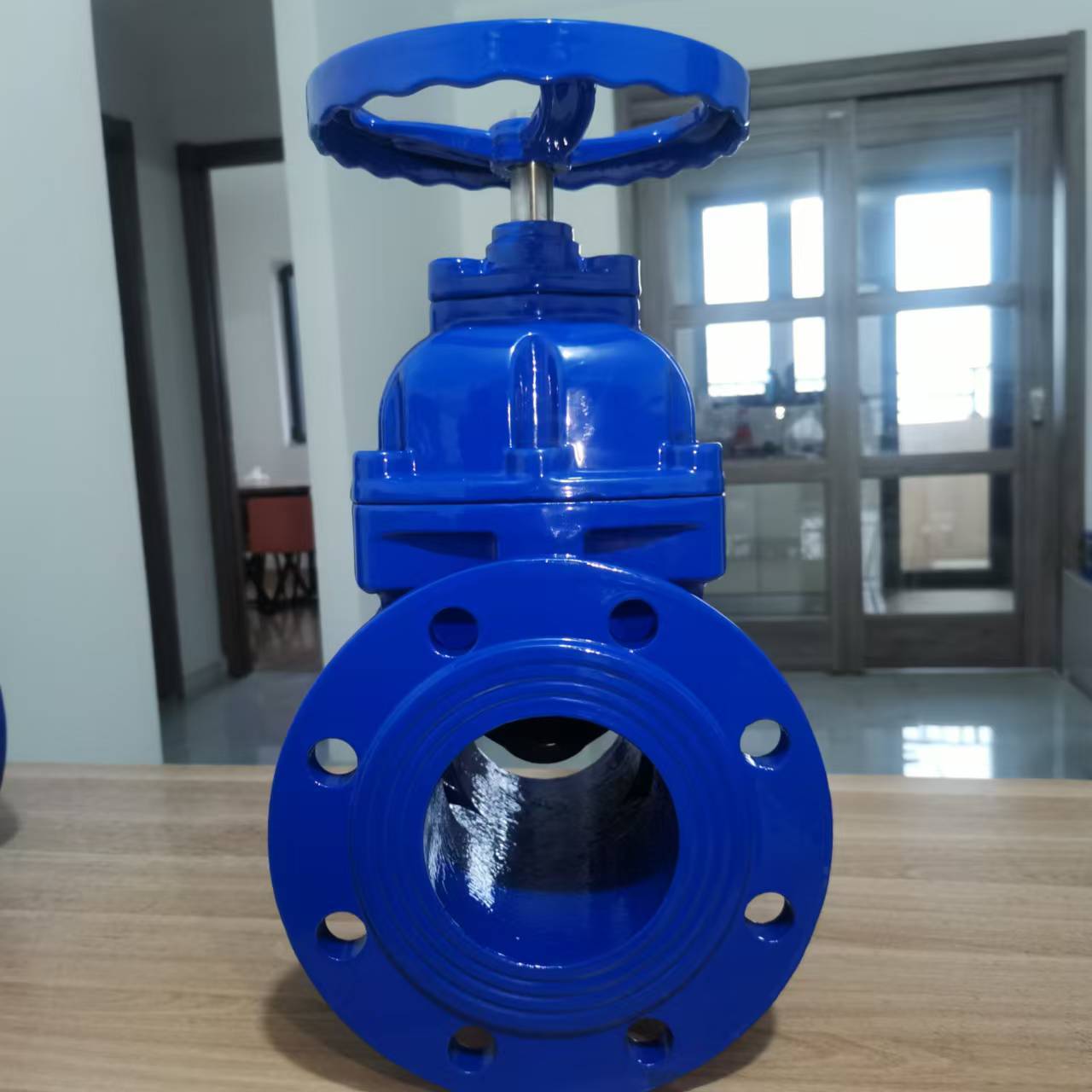What is the reason for the valve not being tightly closed? How should we handle it?
Release Time:
Feb 24,2025


Valves often encounter some troublesome problems during use, such as not being tightly closed. What should be done?
In general, if the valve cannot be tightly closed, first confirm whether the valve is closed in place. If there is still leakage that cannot be sealed after it has been closed in place, then check the condition of the sealing surface. Some valves have removable sealing surfaces, so take them out for grinding and retesting. If it is still not tightly closed, return to the factory for maintenance or replace the valve to avoid affecting the normal use of the valve and causing problems such as working condition accidents.
If the valve is not tightly closed, the first step is to identify where the problem lies and then solve it according to the corresponding methods.
There are generally several reasons why valves cannot be tightly closed
(1) Impurities are stuck on the sealing surface, deposited at the bottom of the valve or placed between the valve disc and seat;
(2) Rust on the valve stem thread prevents the valve from rotating;
(3) The sealing surface of the valve is damaged, causing leakage of the medium;
(4) The connection between the valve stem and the valve disc is not good, causing the valve disc to deviate from the valve seat and unable to make tight contact.
Methods for handling valves that are not tightly closed
1、 Impurities are stuck on the sealing surface of the valve
Sometimes the valve suddenly fails to close tightly, which may be due to impurities stuck between the sealing surfaces of the valve. At this time, do not forcefully close the valve. Instead, slightly open the valve wider and try to close it again. Repeat the process and it can generally be eliminated. Otherwise, perform another inspection. The quality of the medium should also be kept clean.
2、 Rust on valve stem threads
For valves that are usually in the open state, accidental closure may also result in loose closure due to rusted valve stem threads. For this situation, the valve can be repeatedly opened and closed several times, while tapping the bottom of the valve body with a small hammer to tightly close the valve without the need for grinding or repairing the valve.
3、 The sealing surface of the valve is damaged
For the situation where the switch cannot be tightly closed after multiple attempts, it means that the sealing surface has been damaged, or the sealing surface has been damaged by corrosion, particle scratches in the medium, etc. This situation should be reported for repair.
4、 Poor connection between valve stem and valve disc
In this case, lubricating oil needs to be added to the valve stem and stem nut to ensure flexible opening and closing of the valve. There should be a formal maintenance plan to strengthen the maintenance of valves.





